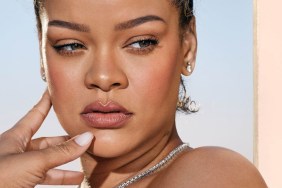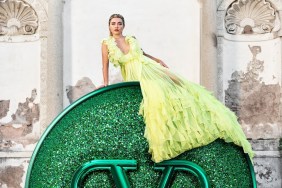
Last week when we talked about foundation, it was made clear that foundation is not your skin’s savior, instead it’s a wonderful way to even out skin tone and blend any color irregularities. For more visible problems such as blemishes, scars, areas of pigmentation, or shadows, a concealer is the best way to get flawless coverage without a heavy layer of makeup. There are three main types of concealer, learn how to use them all.

Light-Reflecting
If you’re looking to cover darkness around the eye, light reflecting concealers are the best way to make your eye appear lifted and refreshed. When applying concealer around the eye, only apply it where there is darkness. A product with an attached brush such as the fan favorite Touche Eclat Radiant Touch by Yves Saint Laurent $40 makes application much easier. Once you’ve applied the product to the dark areas underneath the eye and in the corners, blend the product well with a brush or your fingers. If necessary, go back in and cover any remaining shadows.
Opaque Coverage
Stick or palette concealers are the best way to get full coverage for any unsightly marks, but be sure that you have the right color. A color duo or multi-color set such as Laura Mercier’s Secret Camouflage $28 is the most efficient and cost-effective way to make sure you have the right color for all seasons. For any areas of pigmentation or redness around the skin, apply the product with a larger concealer brush such as Bare Escentuals Maximum Coverage Concealer Brush $20 to any affected area. If you’re planning on wearing a bold lip color, apply around the mouth for a clean line. For any blemishes or darker marks, use a smaller brush such as Sephora Collection’s Platinum Gel Eyeliner Brush #26 $16. Even though this may not be its intended use, an eyeliner brush works perfectly to pinpoint the coverage where it’s needed. A short stippling motion followed by a light pat by the pad of your fingertip works best for flawless coverage.

Color Correcting
You may have seen color-correcting concealers on the market and thought, why would I apply green or purple makeup on my face? But there is method to the madness. Looking at a trusty color wheel will show you that each color has a corresponding shade that can help balance it. This concept is widely used in hair coloring, as any blonde who’s had purple shampoo can attest to, but it is also great for covering skin blemishes. If you’re looking to use a color correcting concealer, look for a product such as Make Up For Ever’s Camouflage Cream Palette $36 that has skin tones as well as colored tones so you can custom blend. As a rule, green tones combat redness, lavender tones normalize yellow or sallow skin, and apricot tones conceal cool blue tones and warm the skin. If you’re new to color-correctors, a colored primer might be the best way forward. In next week’s Makeup Lesson we’ll be taking a deeper look at priming the skin and will talk more about correctors then.
Photos: IMAXtree








